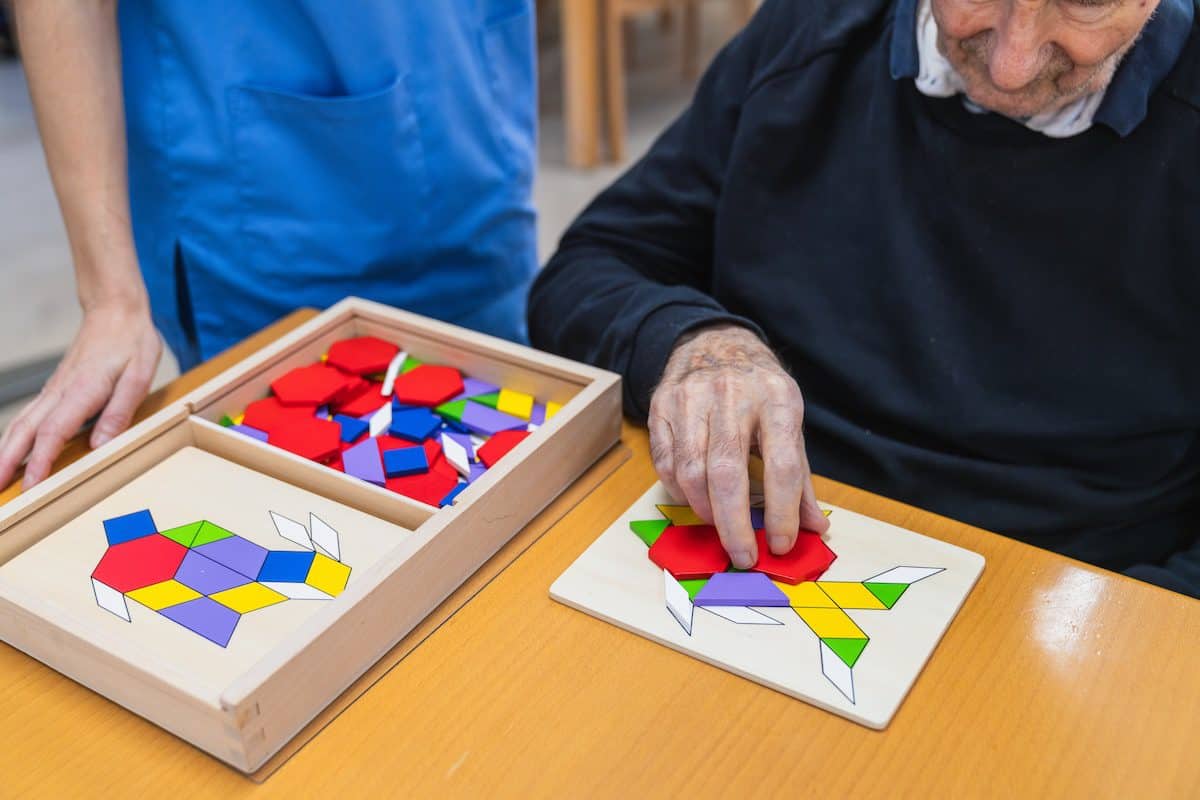The concept of hospice care is often surrounded by misconceptions and myths that can create unnecessary fear and anxiety for patients and their families. These myths can prevent individuals from seeking the compassionate and comprehensive care that hospice offers at a critical time in their lives.
Understanding the truth about hospice care is crucial for making informed decisions about end-of-life care for yourself or a loved one.
In this blog post, we’ll address some of the most common myths and misconceptions about hospice care and provide the facts that dispel these misunderstandings.
Myth 1: Hospice Care is Only for the Last Few Days of Life
Fact: Hospice care is designed for patients who are expected to have six months or less to live if their illness follows its usual course. Many people mistakenly believe that hospice is only for the final days or weeks of life.
In reality, patients can benefit from hospice care for several months, allowing them to receive comprehensive medical, emotional, and spiritual support during the last stages of their illness.
Early admission to hospice can enhance the patient’s quality of life and provide valuable support for families as well.
Why It Matters: Delaying hospice care can deprive patients of the comfort and assistance that can significantly improve their quality of life. Early access to hospice allows for better pain management, emotional support, and coordination of care, providing a more comfortable and dignified end-of-life experience.
Myth 2: Hospice Care Means Giving Up Hope
Fact: Hospice care does not mean giving up hope; rather, it shifts the focus from curing the illness to providing comfort and improving the quality of life. Hospice care is about helping patients live as fully as possible for as long as possible.
The goal is to manage pain and other symptoms to allow patients to spend their remaining time in peace and comfort.
Hospice teams also support patients in fulfilling their personal goals and wishes, whether it’s reconnecting with loved ones, pursuing meaningful activities, or achieving a sense of closure.
Why It Matters: Understanding the true purpose of hospice care helps patients and their families recognize that they can still find joy and meaning in life, even during the final stages.
This perspective fosters a sense of empowerment and acceptance, which can lead to a more positive and fulfilling end-of-life experience.
Myth 3: Hospice Care is Only for Cancer Patients
Fact: While many hospice patients have cancer, hospice care is available to individuals with a wide range of terminal illnesses, including heart disease, chronic obstructive pulmonary disease (COPD), dementia, liver disease, kidney failure, and neurological conditions.
Hospice care is appropriate for any patient with a life-limiting illness who wishes to focus on comfort and quality of life rather than aggressive curative treatments.
Why It Matters: This misconception can prevent patients with non-cancerous terminal illnesses from accessing the comprehensive support and care that hospice provides.
Recognizing that hospice is available for various conditions ensures that all eligible patients can benefit from this compassionate care.
Myth 4: Hospice Care is Expensive and Not Covered by Insurance
Fact: Hospice care is typically covered by Medicare, Medicaid, and most private insurance plans, which means that most patients incur little to no out-of-pocket expenses for hospice services.
The coverage includes medical care, medications, medical equipment, and supplies related to the patient’s terminal illness.
Hospice care is also often more cost-effective than hospital or nursing home care, as it focuses on comfort and symptom management rather than costly curative treatments.
Why It Matters: The belief that hospice care is unaffordable can discourage patients and families from seeking this beneficial care.
Knowing that hospice care is covered by insurance alleviates financial concerns and allows families to focus on their loved ones’ comfort and well-being.
Myth 5: Hospice Care Requires Patients to Leave Their Homes
Fact: Hospice care can be provided in various settings, including the patient’s home, a hospice facility, a nursing home, or an assisted living facility. The majority of hospice patients receive care in their own homes, surrounded by their loved ones and familiar surroundings.
Hospice teams work with patients and their families to create a personalized care plan that meets their needs and preferences, regardless of where they choose to receive care.
Why It Matters: The flexibility of hospice care allows patients to receive care in the setting that is most comfortable and convenient for them.
Understanding that hospice care can be provided at home ensures that patients can spend their final days in a place that feels safe and comforting.
Myth 6: Hospice Care is Only for the Elderly
Fact: Hospice care is available to patients of all ages, including children and young adults, who have a life-limiting illness. While it is true that many hospice patients are older adults, hospice care is not age-restricted.
Pediatric hospice programs are specifically designed to meet the unique needs of children and their families, providing specialized care and support throughout the end-of-life journey.
Why It Matters: Recognizing that hospice care is available to individuals of all ages ensures that patients and families can access the care and support they need, regardless of the patient’s age.
This inclusive approach to hospice care helps ensure that no one is left without the resources and assistance they require during a difficult time.
Myth 7: Hospice Care Hastens Death
Fact: Hospice care does not hasten death; rather, it focuses on enhancing the quality of life for patients during their final months or weeks.
Studies have shown that hospice care can actually extend life in some cases by providing better symptom management, emotional support, and a more comfortable living environment. The goal of hospice is to ensure that patients can live their remaining time with dignity and comfort.
Why It Matters: This misconception can create fear and resistance to hospice care, preventing patients and families from accessing the benefits of hospice services.
Understanding that hospice care is about improving the quality of life and providing compassionate support helps families feel more comfortable with this important care option.
Conclusion
Hospice care is a vital resource for patients and families facing the challenges of a terminal illness. If you or a loved one is considering hospice care, it is important to have open and honest conversations with healthcare providers, hospice professionals, and family members to make informed decisions that align with your values and wishes.
Remember, hospice care is about living fully and comfortably during the final stages of life, with the support and guidance of a compassionate care team.


